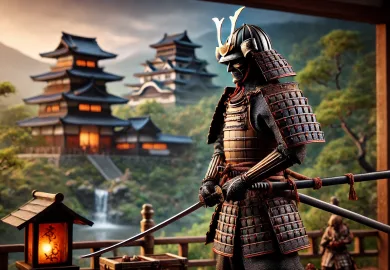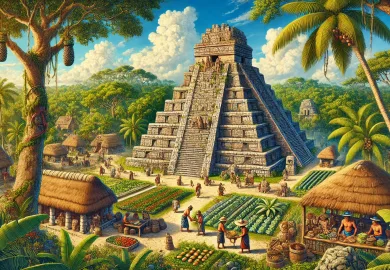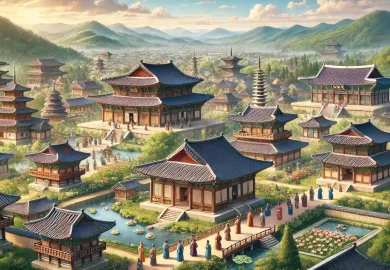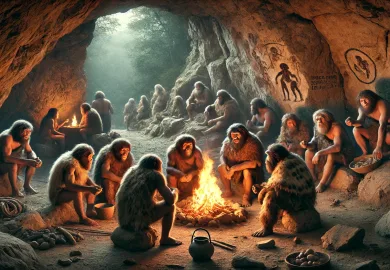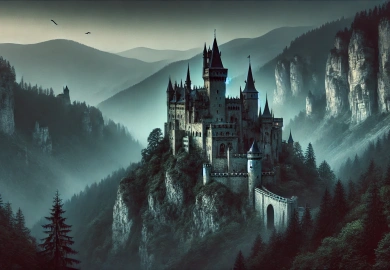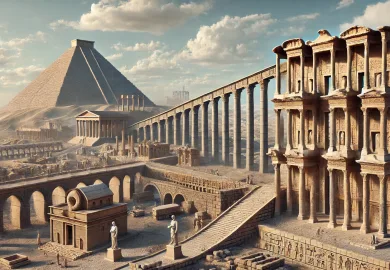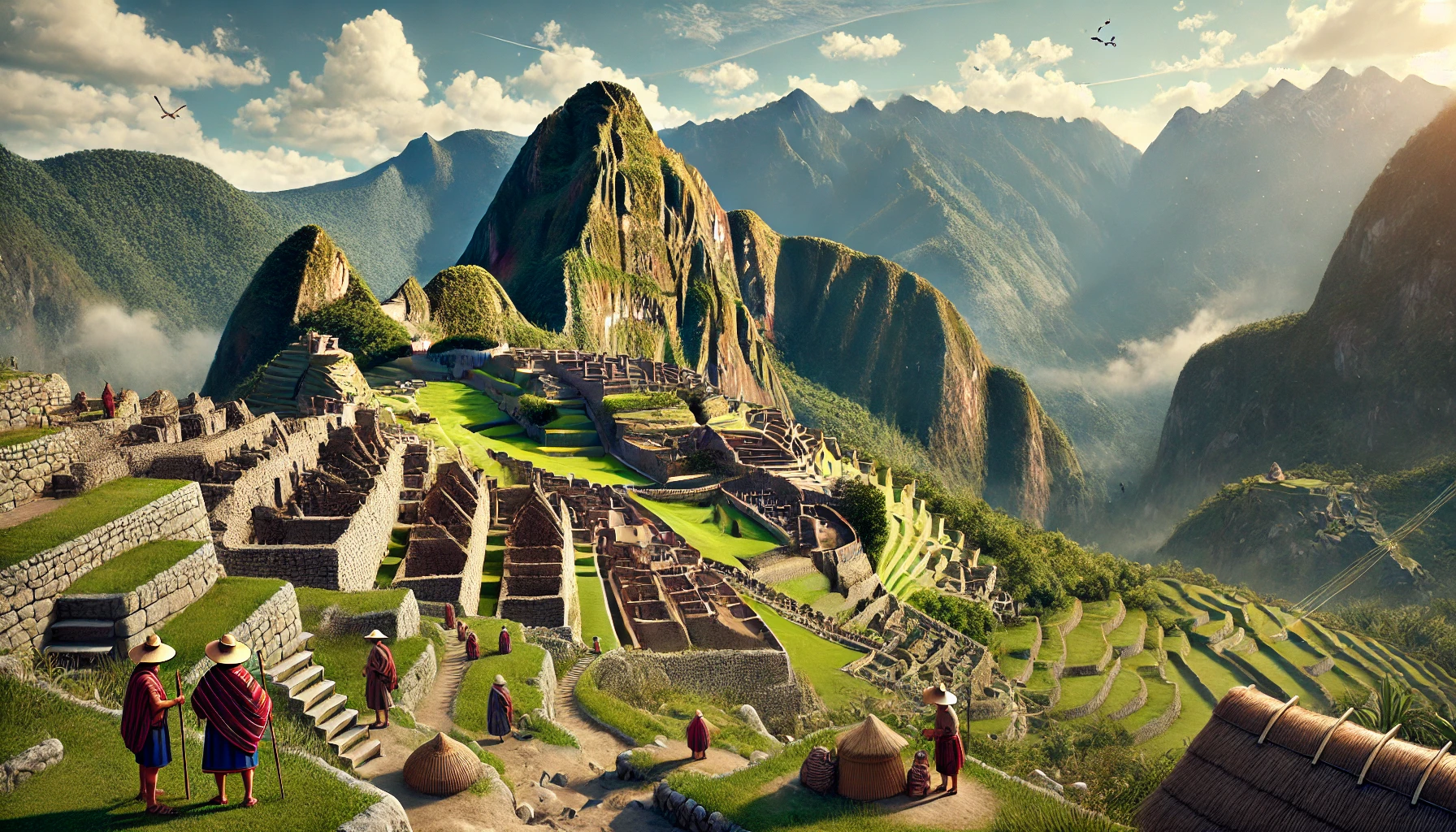
The Inca civilization, known for its remarkable achievements and vast empire, holds a special place in the history of pre-Columbian America. Emerging in the early 13th century, the Incas developed a sophisticated society that thrived in the Andes Mountains, with a culture deeply rooted in agriculture, religion, and social organization. This article delves into the captivating world of the Incas, exploring their culture, innovations, and the legacy they left behind.
The Origins and Expansion of the Inca Empire
The Inca Empire, also known as Tawantinsuyu, began as a small kingdom in the region of present-day Peru. According to Inca mythology, the empire was founded by Manco Cápac, a figure believed to be the son of the sun god Inti. The Incas gradually expanded their territory through both military conquest and strategic alliances, eventually controlling a vast empire that stretched from modern-day Colombia to Chile, encompassing parts of Peru, Bolivia, Ecuador, Argentina, and Chile.
The success of the Inca expansion was largely due to their efficient administrative system. The empire was divided into four regions, or suyus, each governed by a noble appointed by the Sapa Inca, the emperor. The Incas also developed an extensive road network, known as the Qhapaq Ñan, which facilitated communication and transportation across the rugged Andean terrain. This infrastructure not only supported the movement of armies and goods but also played a crucial role in maintaining the unity of the empire.
As the empire grew, so did its influence over the diverse cultures and peoples within its borders. The Incas were known for their policy of cultural integration, which allowed them to assimilate conquered peoples into their society. They achieved this by imposing their language, Quechua, and religion, while also adopting and incorporating elements from the cultures they absorbed. This approach helped to create a cohesive empire with a shared identity, despite the vast geographical and cultural diversity within its boundaries.
Inca Religion: A Deep Connection with the Cosmos
Religion was a central aspect of Inca culture, deeply intertwined with their daily lives and governance. The Incas practiced a polytheistic religion, worshiping a pantheon of gods and goddesses, each associated with natural elements and celestial bodies. The most important deity in the Inca religion was Inti, the sun god, who was considered the ancestor of the ruling Inca emperors. The reverence for Inti was so profound that the Sapa Inca was believed to be the living embodiment of the sun god on Earth.
The Incas built numerous temples and shrines dedicated to their gods, with the most famous being the Coricancha, or Temple of the Sun, in the capital city of Cusco. This temple was adorned with gold and precious stones, symbolizing the wealth and power of the empire. Religious ceremonies often involved offerings and sacrifices, including the sacrifice of llamas and, on rare occasions, humans. These rituals were conducted to appease the gods, ensure agricultural fertility, and maintain harmony between the earthly and spiritual realms.
In addition to their worship of deities, the Incas also believed in an afterlife. They practiced mummification, preserving the bodies of their dead, particularly those of the nobility, in the belief that they would continue to play a role in the spiritual world. These mummies were treated with great respect and were often brought out during religious festivals to be honored and consulted. The Inca religion, with its complex rituals and beliefs, reflected the deep connection the Incas felt with the cosmos and the natural world around them.
Mastery of Agriculture and Architecture: Inca Innovations
The Incas were masterful agriculturalists, developing innovative farming techniques that allowed them to thrive in the challenging Andean environment. One of their most significant contributions to agriculture was the creation of terraced farming. By carving steps into the steep mountainsides, the Incas were able to create arable land where none previously existed. These terraces not only increased the amount of land available for cultivation but also helped to prevent soil erosion and manage water resources.
The Incas cultivated a wide variety of crops, including maize, potatoes, quinoa, and coca, which were staples of their diet. They also developed advanced irrigation systems to support their agriculture, channeling water from mountain streams to their fields. The Incas’ agricultural surplus allowed them to sustain large populations and support the growth of their empire. Storage facilities, known as qollqas, were built to store surplus crops, ensuring food security during times of scarcity.
In addition to their agricultural prowess, the Incas were also renowned for their architectural achievements. They constructed impressive stone structures without the use of mortar, relying on precisely cut stones that fit together so perfectly that not even a blade could slide between them. The most famous example of Inca architecture is Machu Picchu, a stunning city perched high in the Andes that continues to awe visitors with its ingenuity and beauty. This architectural mastery extended to their infrastructure, including the construction of roads, bridges, and aqueducts that connected and supported their vast empire.
Social Organization and Daily Life in the Inca Empire
The Inca society was highly organized and hierarchical, with the emperor, or Sapa Inca, at the top of the social structure. The Sapa Inca was considered a divine ruler, believed to be a direct descendant of the sun god Inti. Below the Sapa Inca were the nobles, who held positions of power and were responsible for governing the various regions of the empire. These nobles were often related to the emperor and played crucial roles in maintaining the stability and unity of the empire.
The majority of the Inca population consisted of commoners, who were organized into groups known as ayllus. The ayllu was a kinship group that served as the basic unit of social and economic organization. Members of an ayllu worked together to farm the land, build infrastructure, and participate in communal activities. The land was owned by the state, and the produce was distributed according to need, with a portion going to the state and the religious institutions.
Inca society was also marked by a strong sense of duty and reciprocity, known as ayni. This concept emphasized mutual assistance and cooperation within the community. For example, members of an ayllu would come together to help build a house or harvest crops, with the understanding that they would receive similar help when needed. This system of reciprocity helped to strengthen social bonds and ensure the well-being of the community.
Daily life in the Inca Empire was centered around agriculture, with most people engaged in farming or related activities. The Incas also practiced a form of labor tax known as mita, which required citizens to work on public projects, such as building roads or temples, for a certain period each year. This system allowed the empire to mobilize large amounts of labor for state projects, contributing to the development of its impressive infrastructure.
The Legacy of the Incas: Cultural Influence and Modern Connections
The fall of the Inca Empire in the 16th century, following the Spanish conquest led by Francisco Pizarro, marked the end of one of the most powerful civilizations in the Americas. However, the legacy of the Incas continues to be felt today, both in the regions once under their control and beyond.
One of the most enduring aspects of Inca culture is their language, Quechua, which is still spoken by millions of people across the Andes. Quechua has survived centuries of colonization and continues to be an important part of the cultural identity of many indigenous communities. In recent years, there has been a resurgence of interest in preserving and promoting Quechua, with efforts to include it in education and media.
The Inca agricultural practices have also left a lasting impact on the region. The use of terracing and irrigation systems developed by the Incas is still evident in Andean farming today. These techniques have proven to be sustainable and effective, allowing modern farmers to cultivate crops in the challenging mountainous terrain. The diversity of crops cultivated by the Incas, such as potatoes and quinoa, has also gained global recognition for their nutritional value and adaptability to different environments.
Furthermore, the architectural achievements of the Incas continue to inspire admiration and study. Sites like Machu Picchu attract millions of tourists each year, contributing to the economy of Peru and raising awareness of the Inca civilization. The precision and durability of Inca stonework remain a subject of fascination for architects and engineers, who study these structures to learn from the techniques used by the Incas.
In conclusion, the Incas were a remarkable civilization whose cultural, agricultural, and architectural innovations have left an indelible mark on the world. Their sophisticated society, which thrived in the harsh conditions of the Andes, continues to captivate historians, archaeologists, and visitors alike. The legacy of the Incas lives on in the language, traditions, and landscapes of the Andes, serving as a testament to the enduring influence of this great civilization.


